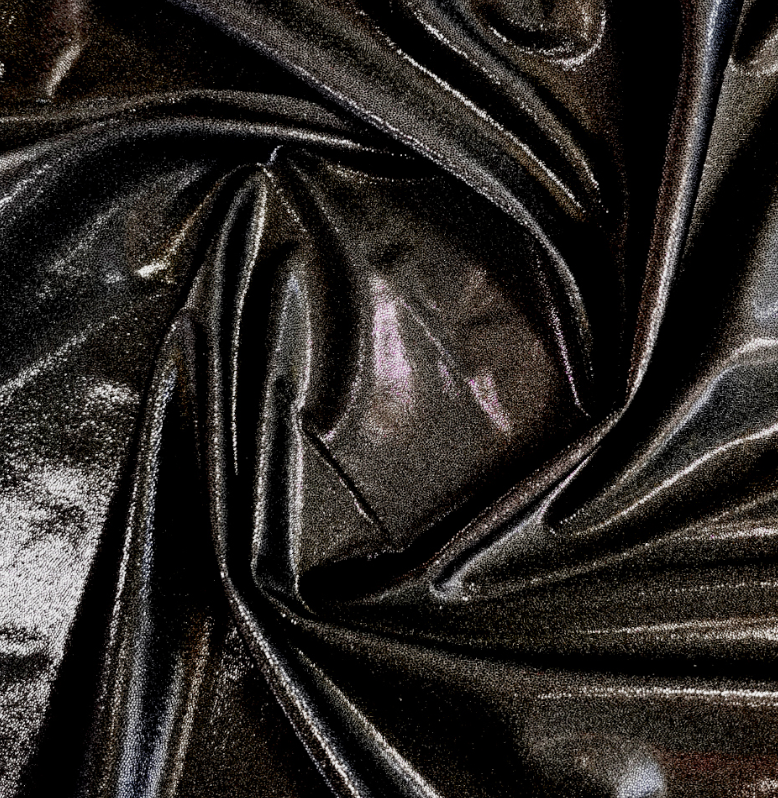The Timeless Appeal of Denim: A Fabric with History, Versatility, and Durability
- Creative Fashion Services
- Jul 21, 2024
- 3 min read
Denim, a fabric that has stood the test of time, is synonymous with durability and style. From its humble beginnings to its iconic status in the fashion world, denim has been a wardrobe staple for generations. In this blog post, we’ll delve into the rich history of denim, explore the different types available, and highlight why this fabric remains a favourite for its resilience and versatility.
A Rich History of Denim
The story of denim begins in the bustling streets of 18th-century Europe and travels across the Atlantic to shape the fashion landscape of America and beyond:
1. Origins in France:
The name "denim" is derived from "serge de Nîmes," referring to a sturdy fabric produced in the French town of Nîmes. This twill weave fabric was originally made from a blend of wool and silk, but it evolved into a cotton-based fabric over time.
2. Arrival in America:
Denim’s journey to America in the mid-19th century marked the beginning of its transformation into the durable fabric we know today. Levi Strauss, a German immigrant, and Jacob Davis, a tailor, patented the first pair of riveted denim trousers in 1873, giving birth to the iconic blue jeans.
3. The Workwear Staple:
Initially designed for miners and labourers, denim’s ruggedness made it the perfect choice for workwear. Its ability to withstand heavy wear and tear quickly earned it a reputation for durability.
4. From Workwear to Fashion Icon:
By the mid-20th century, denim had transcended its workwear origins. It became a symbol of rebellion in the 1950s, embraced by youth culture and Hollywood stars. In the following decades, designers began experimenting with denim, solidifying its place in high fashion.
Different Types of Denim
Denim is a versatile fabric, available in various types that cater to different styles and functions. Here are some of the most popular varieties:
1. Raw Denim:
Also known as dry denim, raw denim is unwashed and untreated. It has a stiff texture and a deep indigo colour. Raw denim is favoured by enthusiasts for its ability to develop a unique patina and personalised fades over time.
2. Selvedge Denim:
Selvedge denim is woven on traditional shuttle looms, resulting in a clean, finished edge that prevents fraying. This type of denim is prized for its craftsmanship and durability. The term "selvedge" comes from "self-edge," referring to the fabric's tightly woven edge.

3. Stretch Denim:
Stretch denim includes a small percentage of elastane or spandex, giving it flexibility and comfort. This type of denim is popular for form-fitting styles like skinny jeans and jeggings, offering ease of movement without compromising on style.
4. Stonewashed Denim:
Stonewashed denim undergoes a washing process with pumice stones, giving it a worn-in, vintage look. This process softens the fabric and lightens its colour, creating a comfortable and relaxed feel.
5. Acid-Washed Denim:
Acid-washed denim is treated with chemicals to create a mottled, bleached effect. This style was particularly popular in the 1980s and continues to make a fashion statement today.
6. Denim Twill:
Denim twill refers to the fabric's distinctive diagonal weave pattern. This twill weave gives denim its strength and durability, making it resistant to tears and fraying.
The Durability and Versatility of Denim
One of the main reasons denim has remained a favourite for so long is its exceptional durability. Here’s why denim stands out:
1. Strength and Longevity:
Denim’s twill weave construction makes it incredibly strong and long-lasting. This durability ensures that denim garments can withstand frequent wear and washing, maintaining their integrity over time.
2. Versatility:
Denim’s versatility is unmatched. It can be dressed up or down, worn in all seasons, and styled in countless ways. From jeans and jackets to skirts and accessories, denim seamlessly fits into any wardrobe.
3. Easy Maintenance:
Denim is relatively easy to care for, requiring simple washing and occasional maintenance. Raw and selvedge denim, in particular, develop character over time with minimal washing, making them even more appealing to enthusiasts.
4. Eco-Friendly Options:
With the growing focus on sustainability, eco-friendly denim options have emerged. Brands are now producing denim using organic cotton, water-saving techniques, and eco-friendly dyes, making it a responsible choice for environmentally conscious consumers.
Denim’s journey from the fields of Nîmes to the fashion capitals of the world is a testament to its enduring appeal and versatility. This fabric, with its rich history and diverse types, continues to be a cornerstone of fashion, celebrated for its durability, comfort, and style. Whether you’re a fan of raw, selvedge, or stretch denim, there’s no denying that denim is a timeless fabric that has woven its way into the fabric of our lives. So next time you slip into your favourite pair of jeans, remember the legacy and craftsmanship that make denim so special.




